Top 20 Modern Battle Tanks
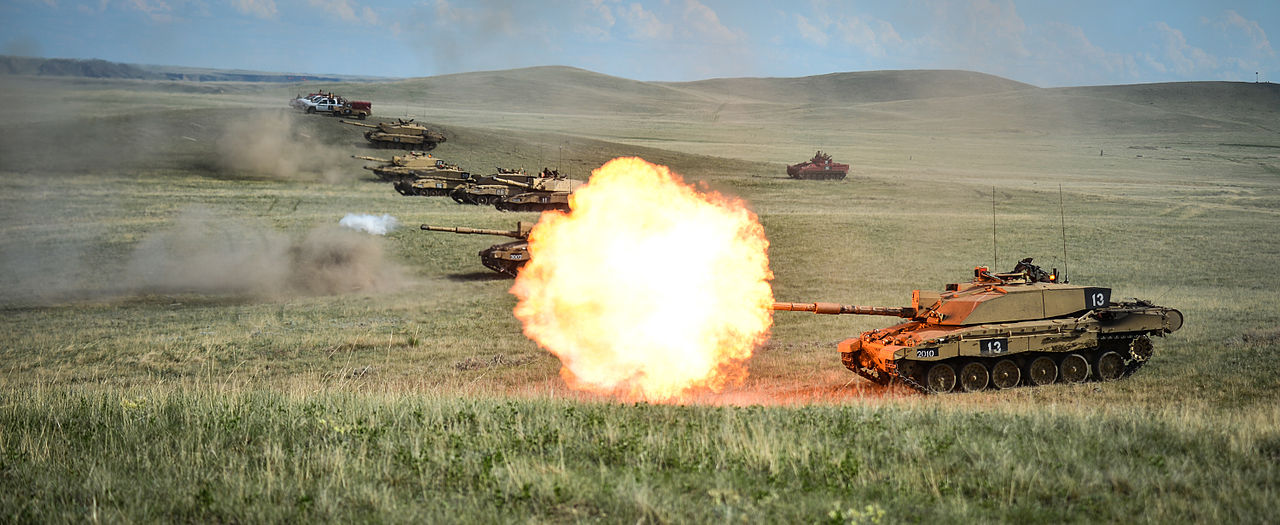
Leopard 2 Battle Tank
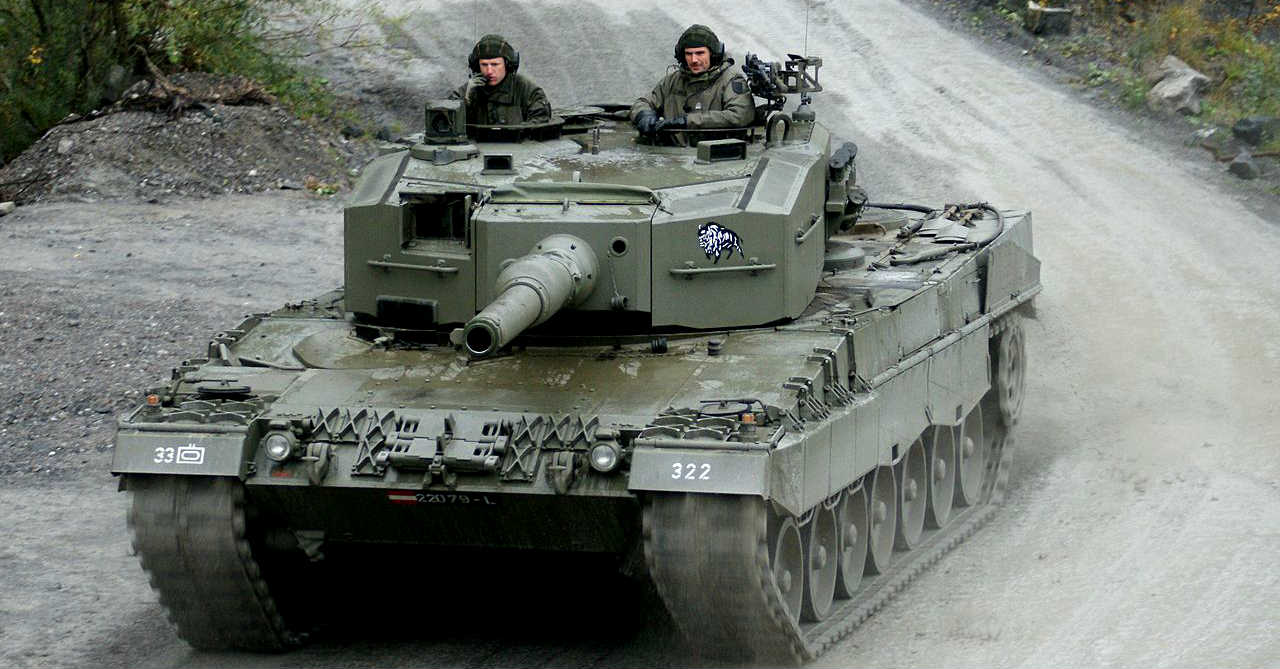
The main battle tank—or in this case kampfpanzer—of the German Army, is the Leopard 2. As the name suggests, it was designed to replace the older Leopard 1 in front line service. It has appeared in many models and variations throughout the years. Versatility is a calling card of the Leopard 2.
Leopard 2 is made with famed German precision, incorporating a wide variety of features that improve battlefield effectiveness. It has automated fire and explosion suppression system, a state of the art computerized fire control system for increased accuracy and rate of fire, and a substantially improved main gun capable of handling a wider variety of ammunition. It weighs over sixty tons and has a top speed of just over 45 miles per hour.
Challenger 2 Battle Tank

The British debuted the first-ever tank during the peak of the first World War in 1916. With that kind of heritage, it’s no wonder that the Royal Army produces some of the best modern battle tanks. The Challenger 2 definitely fits the profile.
The armor is still classified, but the L30A1 120 mm rifled gun has one of the fastest target acquisition systems of any tank in the world. The Perkins CV-12 engine delivers 1,200 horsepower via an advanced 8 gear transmission. It carries 49 rounds for its main gun and many more for the coaxial machine guns providing secondary armament. From its first appearance in 1998, the Challenger 2 has seen service in Kosovo, Bosnia, and in Iraq during the most intense fighting of the Allied intervention.
K2 Black Panther Battle Tank
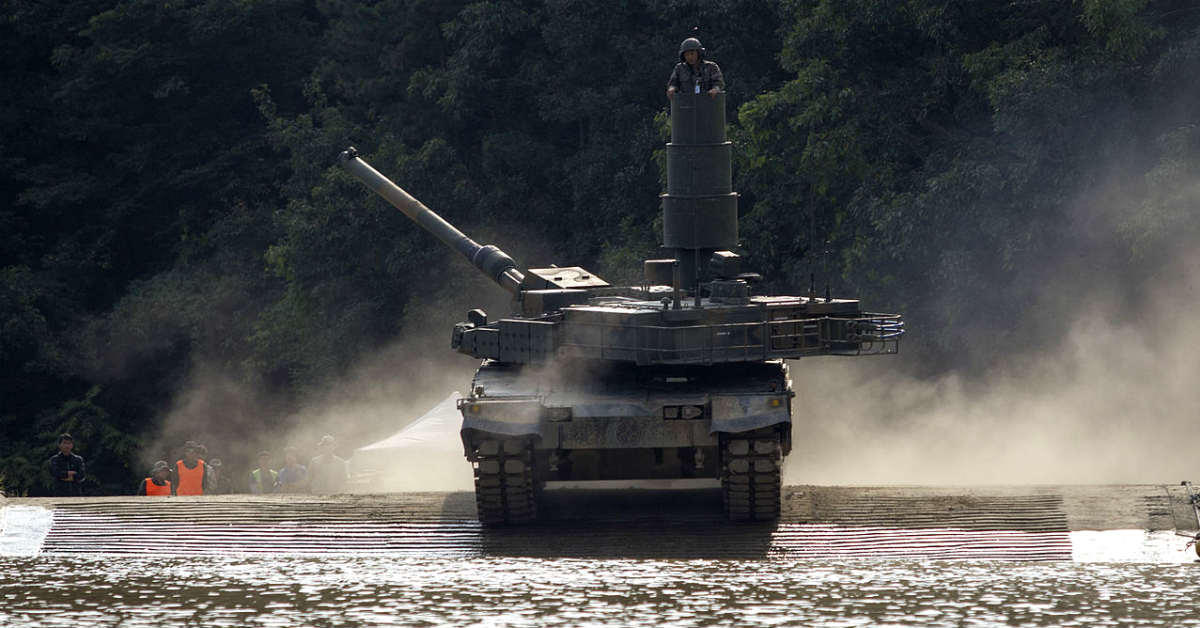
South Korea faces a unique set of challenges and threats when it comes to national defense. It makes sense that they developed a tank specifically to meet those concerns. That tank is the K2 Black Panther. Replacing the M48 Patton and K1 tanks – which are still in service with some units – the K2 began production in 2013. It’s one of the newest machines on this list. Additionally, the K2 takes full advantage of its youth by incorporating advanced features and an innofative design.
A classified armor system makes use of advanced composite materials and both “soft kill” and “hard kill” anti-missile defense systems. The main gun is a 120mm smooth bore produced by Rheinmetall in Germany. The engine is classified—the most we know is that it incorporates a Doosan Infracore Corporation 1,500 horsepower diesel powerplant and a transmission from S&T Dynamics.
One hundred have been produced with more on the way. While the K2 hasn’t been battle-tested yet, we have every reason to believe it can face any foe that comes its way.
Merkava Battle Tank
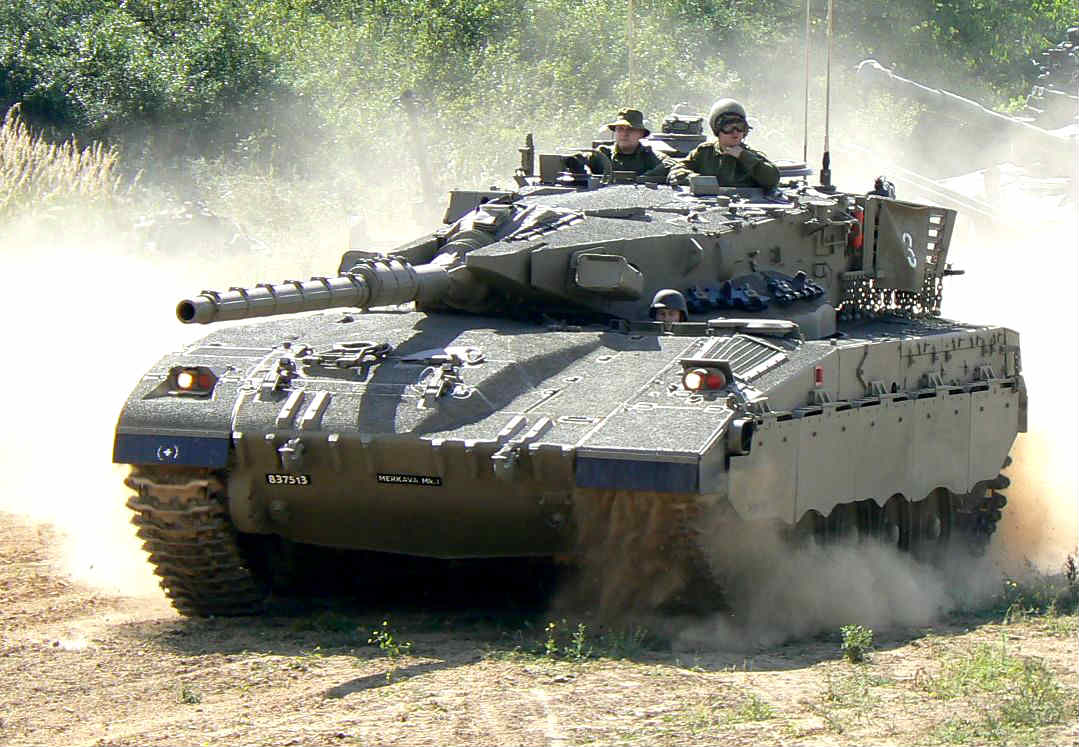
Israel’s military has perhaps the most impressive track record of the post-WWII era. This small nation has more than once defended itself from seemingly insurmountable outside threats, and their advanced weapon systems are a big part of that success. The Merkava series of tanks is a cornerstone of their military might.
Merkava is Hebrew for “chariot”, and the name is well chosen as its top speed is over 40 miles per hour. The armor is a state of the rt composite material, which remains totally classified. The main gun is a 120mm smooth bore MG253. Developed and produced by Israeli Military Industries, this home grown cannon rivals any competitor for range and accuracy. Additionally, it is outfitted with a state of the art computerized fire control system. Put all this together and it becomes a formidable weapon in the hands of a well trained crew.
Type 10 Battle Tank
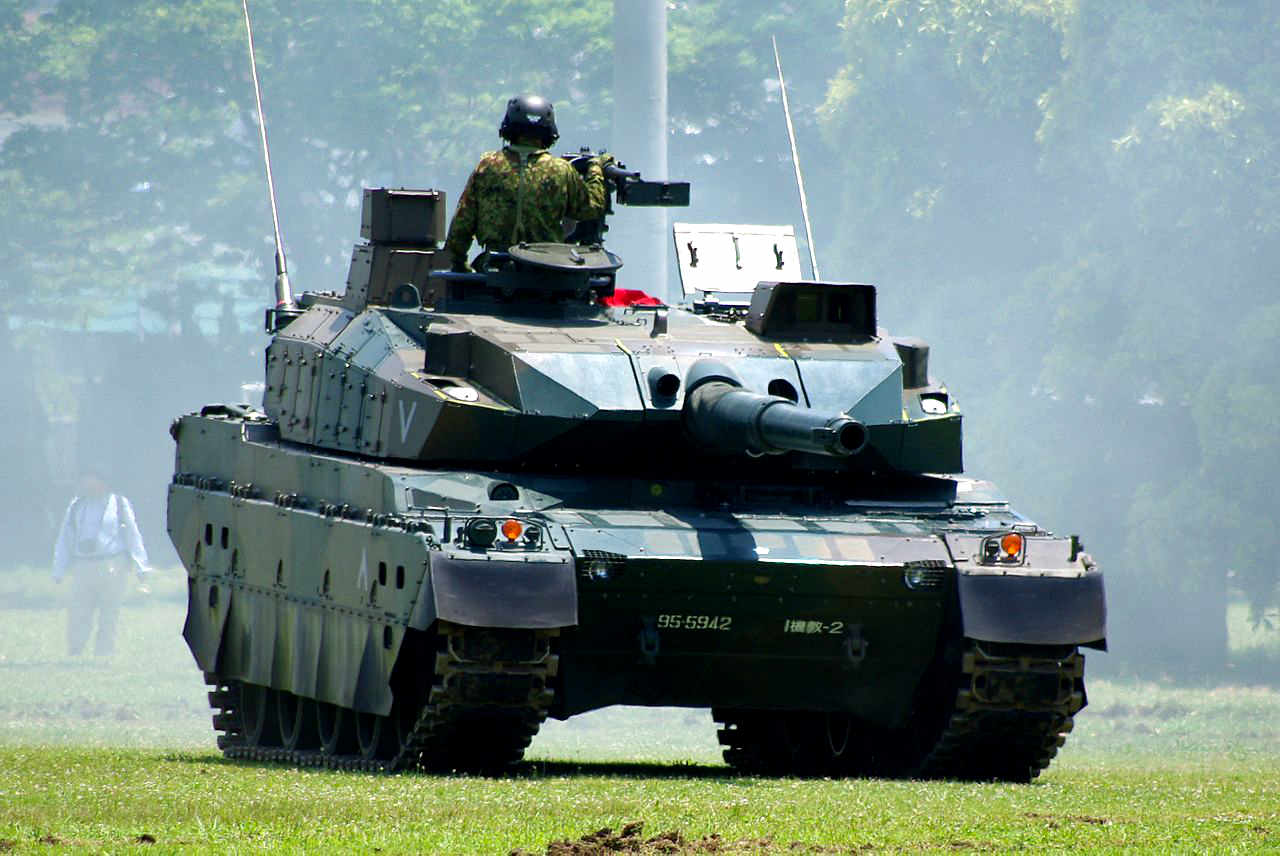
Japan’s military is small, per constitutional requirements put in place after the Second World War. However, what they lack in size they make up for in quality of equipment. The Type 10 is a perfect example.
Mitsubishi Heavy Industries produced this tank with versatility in mind. The command and control systems make the most of the advanced digital tech now available. The armor is a modular system comprised of nano-crystal steel and ceramic composite elements. The main gun – produced by Japan Steel Works – is a 120mm cannon with an automatic loading system. Twin machine guns provide secondary armament, while a V8 diesel engine delivers over 1,200 horsepower for a top speed of well over 40 miles per hour.
The Type 10 is another recent addition. It’s still being phased in and has yet to see battlefield service.
AMX Char Leclerc Battle Tank
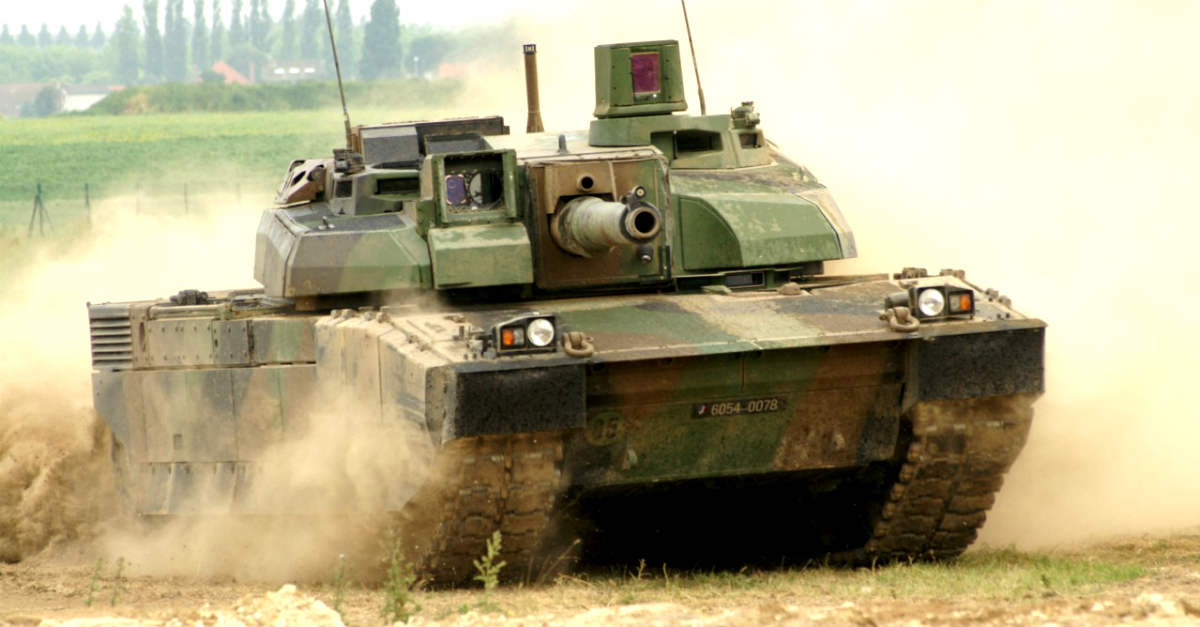
The French have a long and impressive military history. They’ve fielded some of the first tanks ever seen during the First World War. The AMX Char Leclerc is named after General Philippe Leclerc de Hauteclocque. He lead the French armored division that liberated Paris during the Second World War.
The AMX Char Leclerc entered active service in 1993. This powerhouse is driven by an 8-cylinder diesel SACM engine, pushing over 1,500 horsepower through a SESM ESM 500 automatic transmission. The advanced hydropneumatic suspension makes it one of the more nimble tanks on this list, and the top speed of 45 miles per hour certainly ranks it among the fastest.
The main gun is a GIAT/Nexter CN120-26 120mm smooth bore cannon, capable of firing both NATO-standard 120mm rounds as well as native built French ammunition. The advanced steel modular armor provides plenty of protection, making the Leclerc a powerful weapon of war.
C1 Ariete Battle Tank
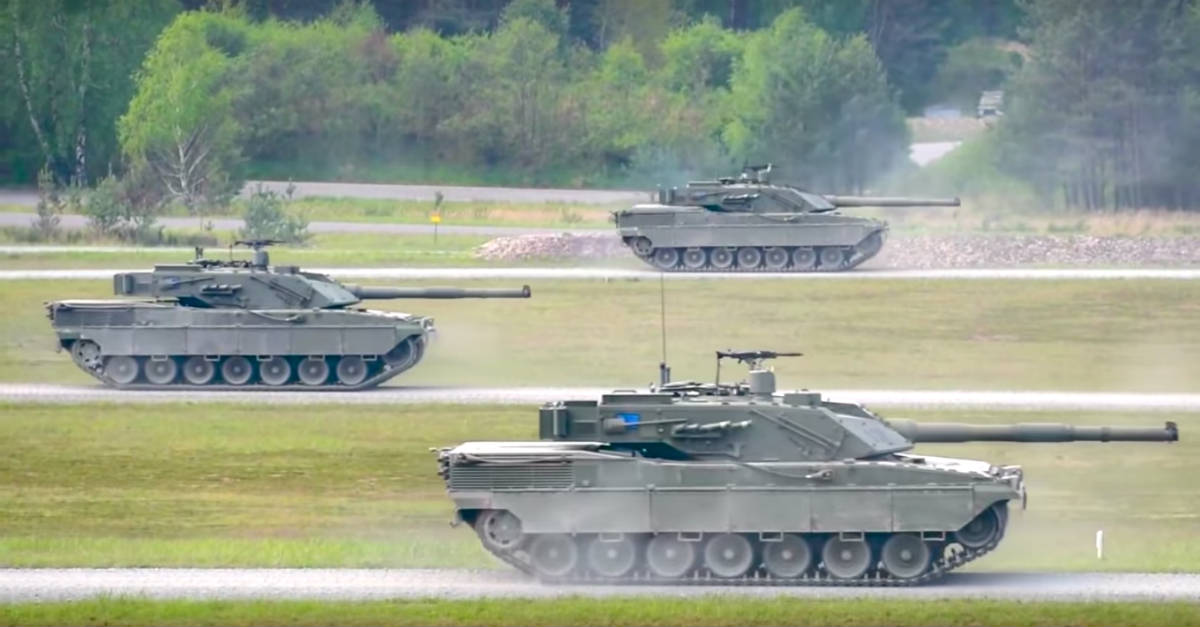
The C1 Ariete, Italy’s main battle tank, entered service in 1995 after a long and troubled development process. Intially the engine used was underpowered for the task at hand. However, an upgrade during the first few years of service resolved that problem. Now, C1 Ariete is a competitive military tank for any mission Italy will likely face.
The new engine is a Fiat MTCA 12V, pushing out 1,270 horsepower and giving the C1 Ariete a top speed of 43 miles per hour. The armor is classified, believed to be a steel laminate or composite of some sort. The 120mm L44 cannon is produced by Oto Melara and specifically designed for increased durability over extended use. Also, it functions with a wide variety of possible ammunition loads. The most impressive achievement are the fire control systems, designed and built by Galileo Avionica. These systems give the commander and gunner superb visibility, tracking, and range finding capabilities under any conditions.
Arjun Main Battle Tank

An up and coming international power and the world’s largest democracy is India. And in 1974 it needed a world-class main battle tank. They found it in the Arjun. The design was flexible enough to adapt to the evolving military landscape over the decades and remains a contender to this day.
Much about the current arms and armor of the Arjuns in service is classified. We believe that the Indian-designed 120mm rifled gun can fire a wide variety of advanced rounds, including kinetic energy penetrator ammunition. Additionally, they may be equipped with the Israeli-made LAHAT anti-tank missile system. This provides a guided missile capable of penetrating many varieties of tank armor. Similarly classified fire control and communications systems only give us cause for speculation. However, some experts suggest that the Arjun is as capable a main battle tank as any that exists.
Al-Khalid Battle Tank

India’s neighbor and chief military rival in the region is Pakistan. The Al-Khalid tank is jointly developed by Pakistan and China and operated by a three person crew. The Al-Khalid’s composite armor is comprised of both RHA and ERA modules. Its engine is Russian in design, a KMDB 6TD-2 produced on license in Pakistan. Likewise, the main gun is a purpose built 125mm rifled cannon capable of first round hits over 2,000 meters.
The command and control systems are Chinese in design, and not much is known about them. We believe that the range finder works out to nearly 10,000 meters. Additionally, it’s thought the imaging systems incorporate both thermal and infrared sensors. The Al-Khalid is also in service in the Royal Moroccan Army, which is the main source of Western information about it.
Type 99 Battle Tank
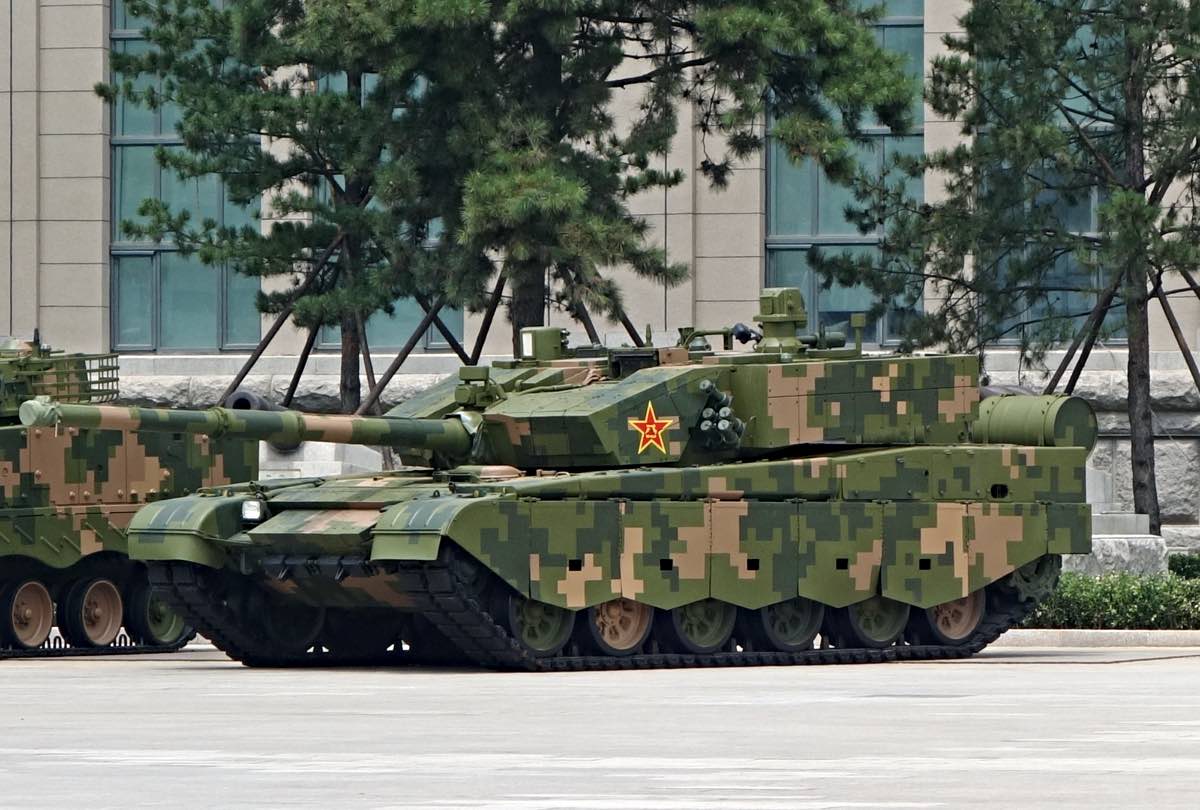
China’s Type 99 tank marked the emergence of the People’s Republic of China as a military power on the international stage. When it debuted in 1999 at the National Day Parade in Beijing, it made a statement. China’s military was competitive with any power on the planet.
The armor system is completely classified, but experts project that a modular composite/reactive armor system is used. The 125mm gun is ATGM capable, and the effective range is claimed to be well over 2,000 meters. The fire control systems are computerized—and that’s about all we know about them. China’s good at keeping secrets and until the Type 99 sees a battlefield deployment we’ll remain in the dark as to its capabilities.
Altay Battle Tank
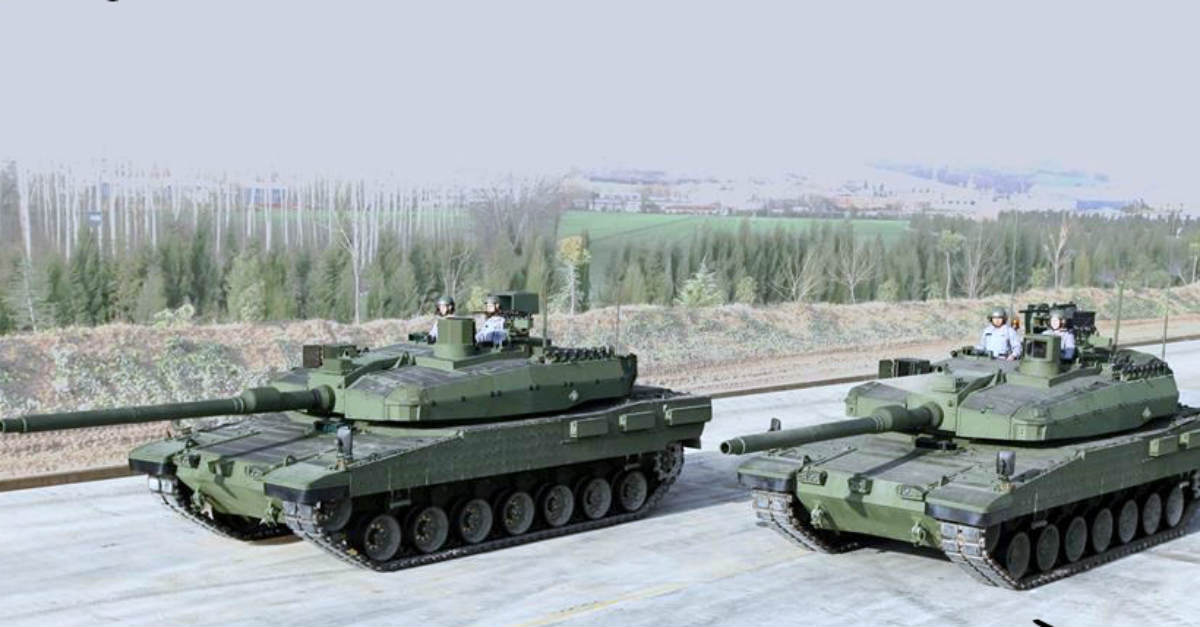
From the days of the Ottoman Empire until now, the Turkish military has a storied tradition of battlefield prowess. The Altay, their current main battle tank, was designed and developed in Turkey. Otokor designed the Atlay and it’s achieved admirable success both with the Turkish Army and on the export market.
Named after a legendary general from the Turkish War of Independence, the Altay is likewise an exercise in national pride. The composite armor system is produced by Roketsan, a Turkish arms maker. The main gun is designed for the Altay by ASELSAN, another Turkish company. One of the coming advancements for the Altay is especially interesting. Otokar has said that they are developing an electric engine for the tank in order to help it evade thermal imaging and targeting systems.
T-80 Battle Tank
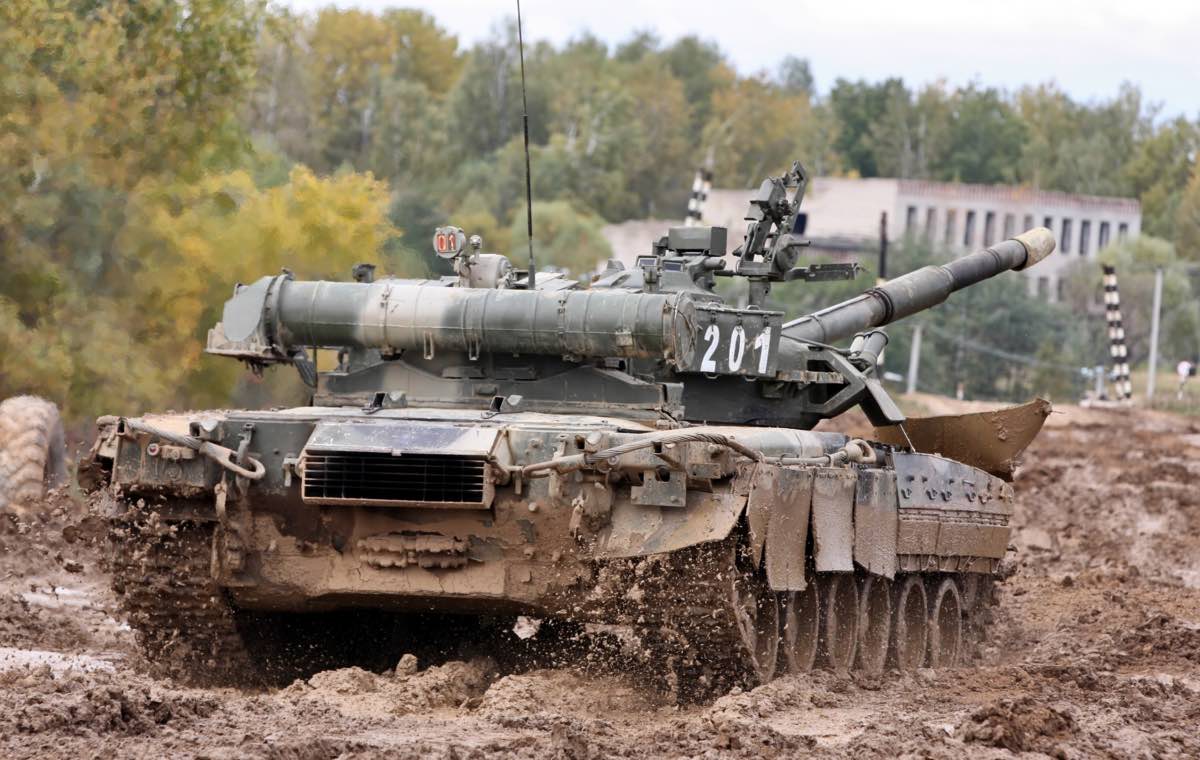
The T-80 is a third-generation main battle tank. First appearing in 1976, it was also the first tank equipped with a gas propulsion engine as its main source of power. T-80’s six-gear transmission generates 1000 horsepower. The rugged track design gives it both speed and mobility over any terrain it may encounter.
Armed with a 125mm smooth bore gun firing accurized projectiles, the T-80 can deliver a punshing blow to any ground target it may encounter. Combined with its advanced armor and a diverse array of possible projectiles -from armor piercing to explosive – it’s easy to see why the T-80 in all its forms has remained in service for so long.
Pokpung-Ho Battle Tank
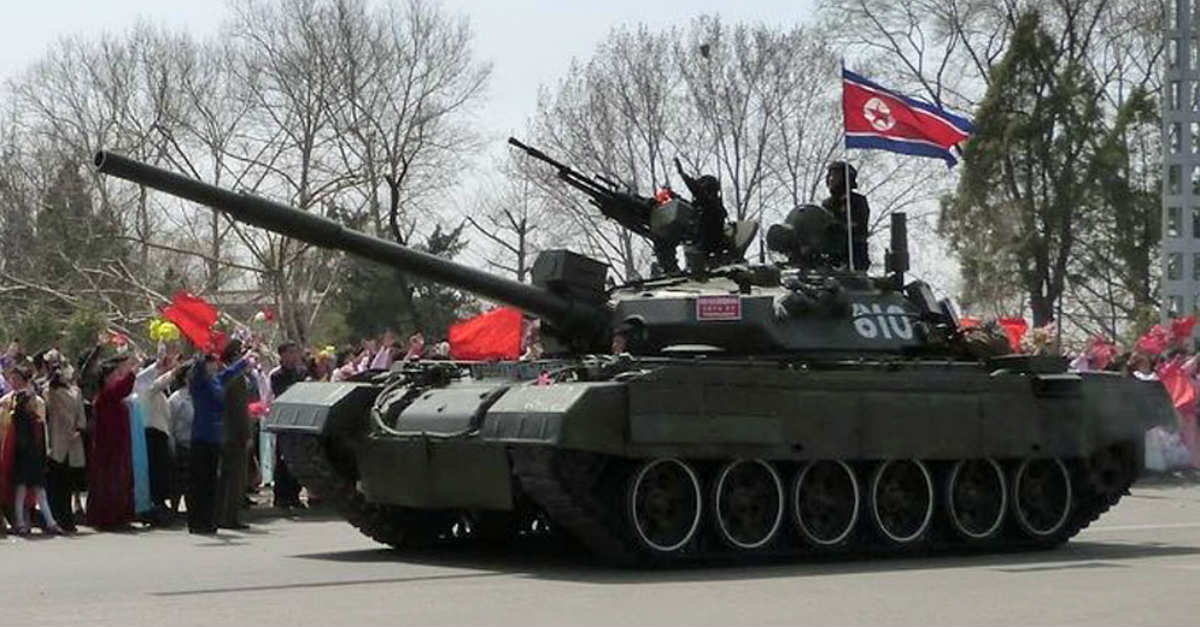
Not to be outdone by its rival to the south, the North Korean main battle tank is a formidable piece of equipment, even if it is a bit older.
The Pokpung-Ho was first introduced in 1992. It had a peculiar origin and design process. With the dissolution of the Soviet Union, a number of Soviet tanks – mainly T-72s – were sold for scrap. The DPRK military bought and reverse-engineered a number of the tank features. They were then incorporated into a new native tank design. The designers of the Pokpung-Ho witnessed the power of American armor during the First Gulf War. They knew they had to go a step beyond Soviet designs after seeing how impressive the American tanks were.
Composite armor with ERA plates was the first step in protecting the crew from enemy guns. Next came a 115 mm main gun, design exclusively for this tank. Rounding out with dual machine guns – one light and one heavy – and the Pokpung-Ho packed a wallop. This tank has yet to be battle-tested, and we hope it never will be as that would likely mean war with South Korea.
T-90 Battle Tank (Russian)
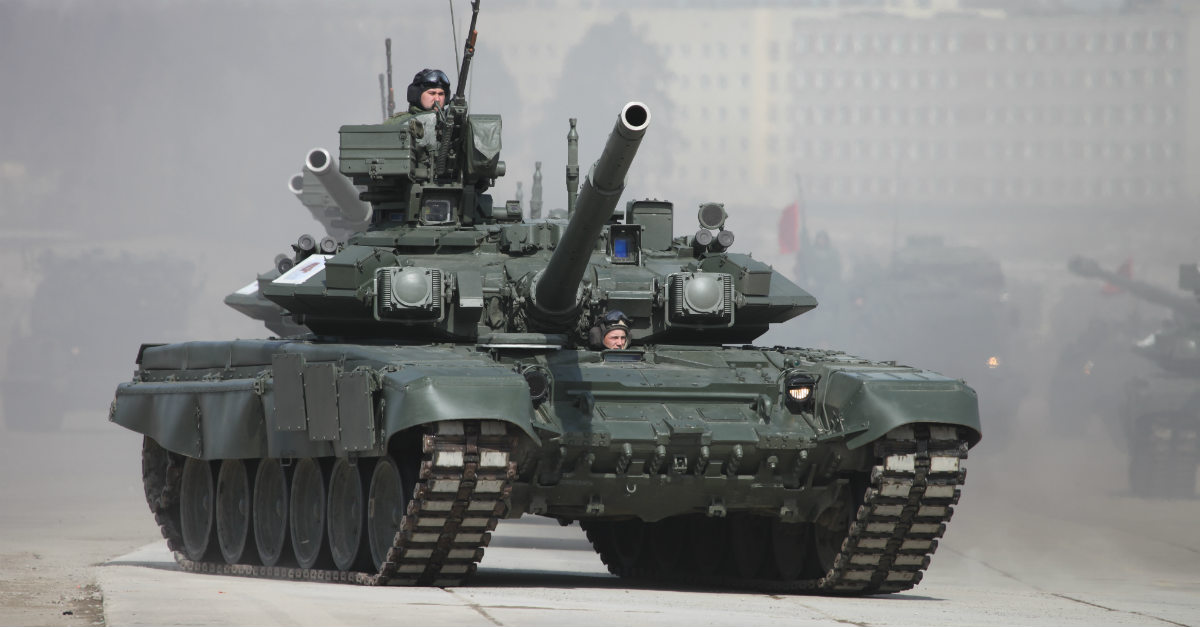
Not to be confused with another tank on this list, the T-90 is a modernized version of the T-80 and the T-72B. One thing remains clear as the T-90 has evolved through several variants: Russian military engineering is impressive stuff.
The steel-composite armor incorporates reactive elements – which are classified. The 125mm smooth bore gun is equipped with an autoloader and the whole system carries 43 rounds. The gun – a 2A46M – has an estimated effective range of 12,0000 meters, making it one of the farthest reaching on this list. Also, the latest version (T90M) is equipped for modern networked warfare with state of the art electronics. This allows for rapid net-based communication, command and control. That’s a huge step forward for Russian military technology.
T-84 Battle Tank
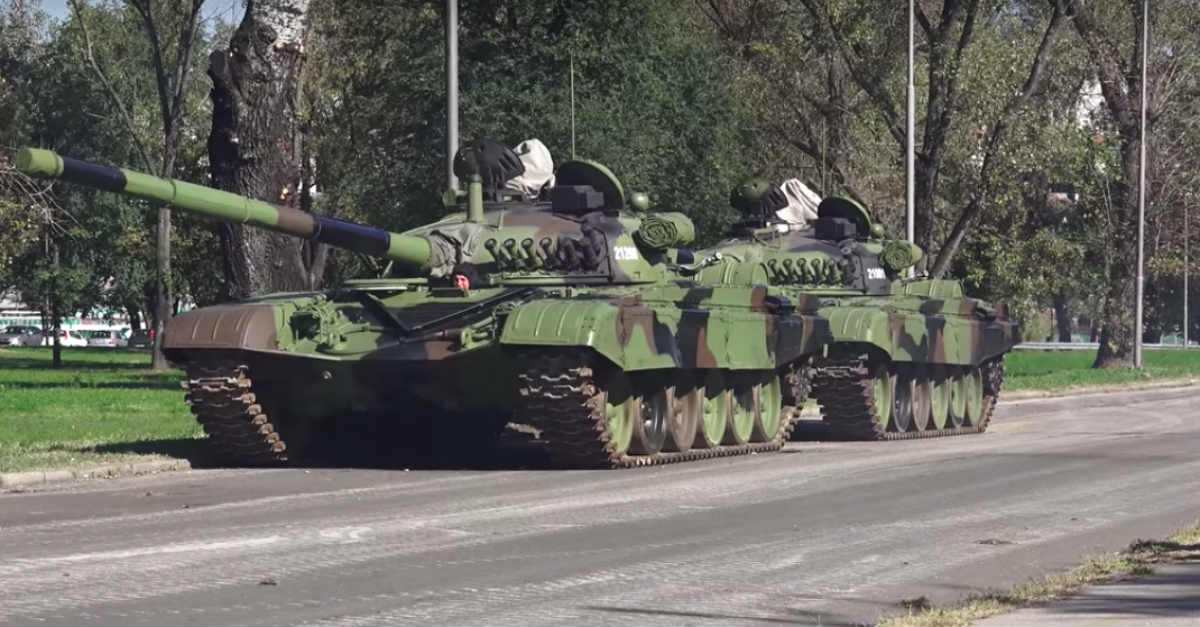
Since its return to independence following the collapse of the Soviet Union, Ukraine has established itself as a regional power both economically and militarily. The T-84 – an upgraded and modernized version of the Soviet T-80 – is proof positive.
Production started in 1993 at the Malyshev Factory in Kharkiv, Ukraine, in 1993. The Malyshev Factory is a former Soviet plant and it quickly became the heart of Ukraine’s military production capabilities. The refit took advantage of advancements in arms and armor, including the new reactive armor engineered specifically for this project. The weapons systems got a bit of an upgrade, too, with a new 125mm gun fitted as a replacement for the aging Soviet systems. The current model features active electronic countermeasures systems and is being refitted for networked warfare capability.
PT-91 Twardy Battle Tank
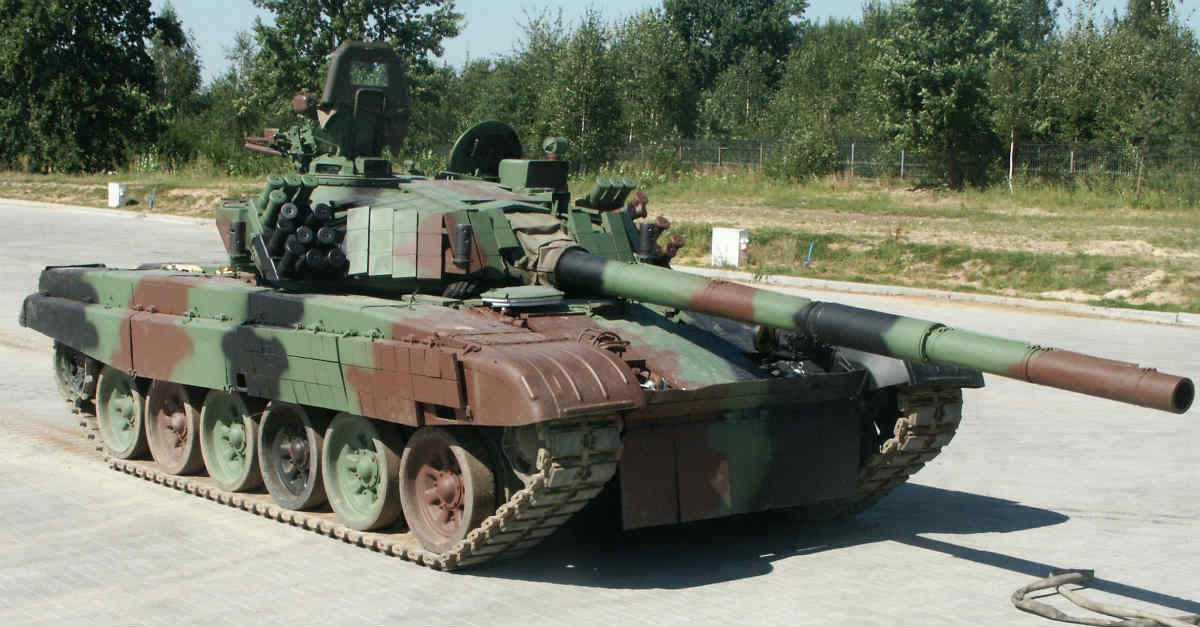
“Twardy” roughly translates to “resilient” in Polish. It’s a fitting name for the tank chosen for this indomitable nation.
Based on the Soviet T-72M1, the PT-91 is a significant upgrade from the original platform. The armor system is a composite. The front and side armor are laminated with the front, sides and top armor comprised of ERAWA and ERA systems with anti-cumulative screens. The powerhouse under the metaphorical hood is a Polish designed and made PZL-Wola diesel engine. The PZL-Wola gives the PT-91 a top speed of nearly 40 miles per hour. Also, the main gun is Polish made – a 125mm cannon which significantly outperforms its counterpart on the T-72.
While the future is uncertain, we have every reason to believe that the PT-91 will remain a resilient competitor in the world of main battle tanks.
Zulfiqar Battle Tank
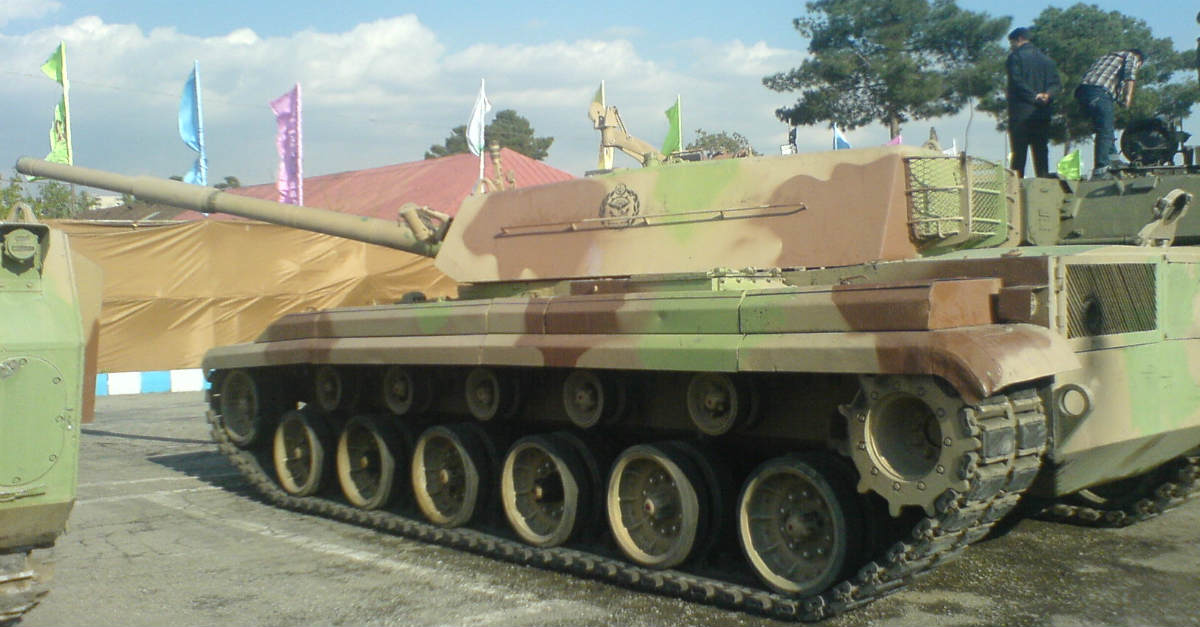
After its military experiences in the 20th century – including two prolonged wars with Iraq – the Iranian military knew that it needed a top-notch main battle tank in order to secure its borders and regional interests. The result of that quest was the Zulfiqar.
It was designed and tested from 1993 to 1996. It first went into service in 1997. To date, roughly 100 have been built and the manufacturer has the capacity to build more as needed. Currently, the composite armor is supplemented by electronic countermeasures, including an active protection system based on pulse-doppler and phased-array radar. The 125mm main gun is an upgraded version of the one found on the Soviet T-72, with increased range and a better target acquisition system. As part of an integrated and networked fighting force, the Zulfiqar is a formidable tank for any power in the region.
M60-2000 Main Battle Tank
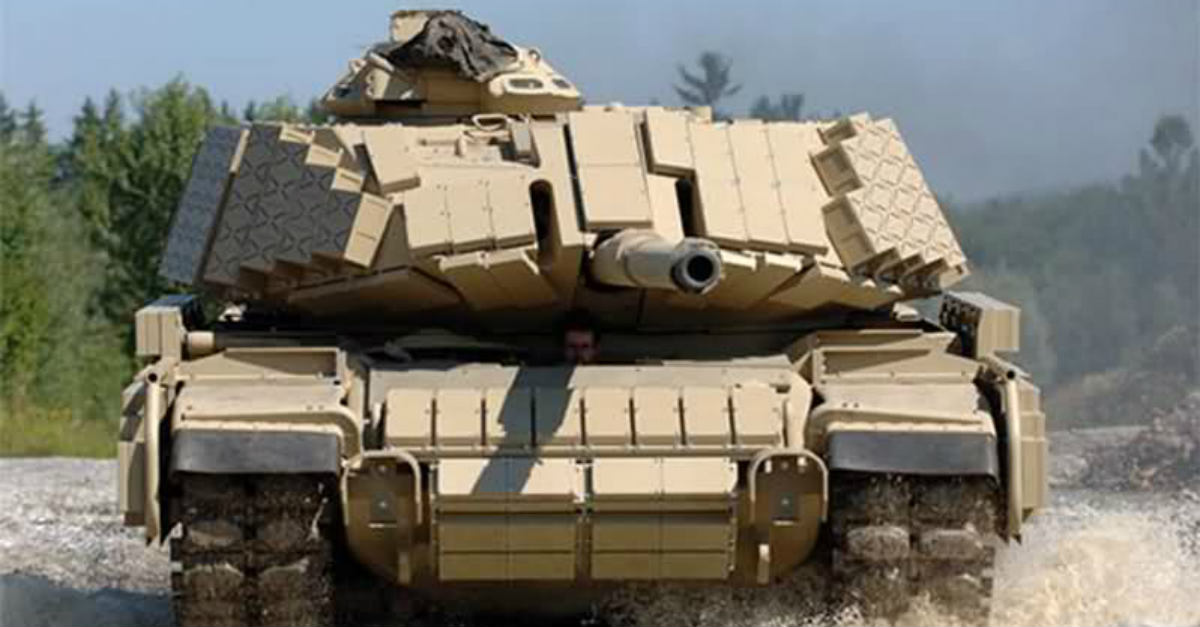
Of all the tanks on this list, the M60-2000 has perhaps the most interesting and varied development history. Also known as the 120S, the M60-2000 is an updated and enhanced version of the M60 Patton tank designed by General Dynamics for the export market. The idea was simple: a competitive tank that would be available to nations who were otherwise unable to afford a state of the art main battle tank.
And we have to admit it performs admirably toward that end. The new engine is a GDLS (General Dynamics Land Systems) AVDS-1790-9A V12, air-cooled Twin-turbo diesel engine. It puts out about 1200 horsepower, translating to a top speed of 33 miles per hour. The 120 mm cannon makes use of both conventional and explosive ammunition or armor-piercing ammunition. While none have been sold yet, there are several interested nations around the world and it’s a question of when the M60-2000 finds its way into service.
Armata Universal Combat Platform
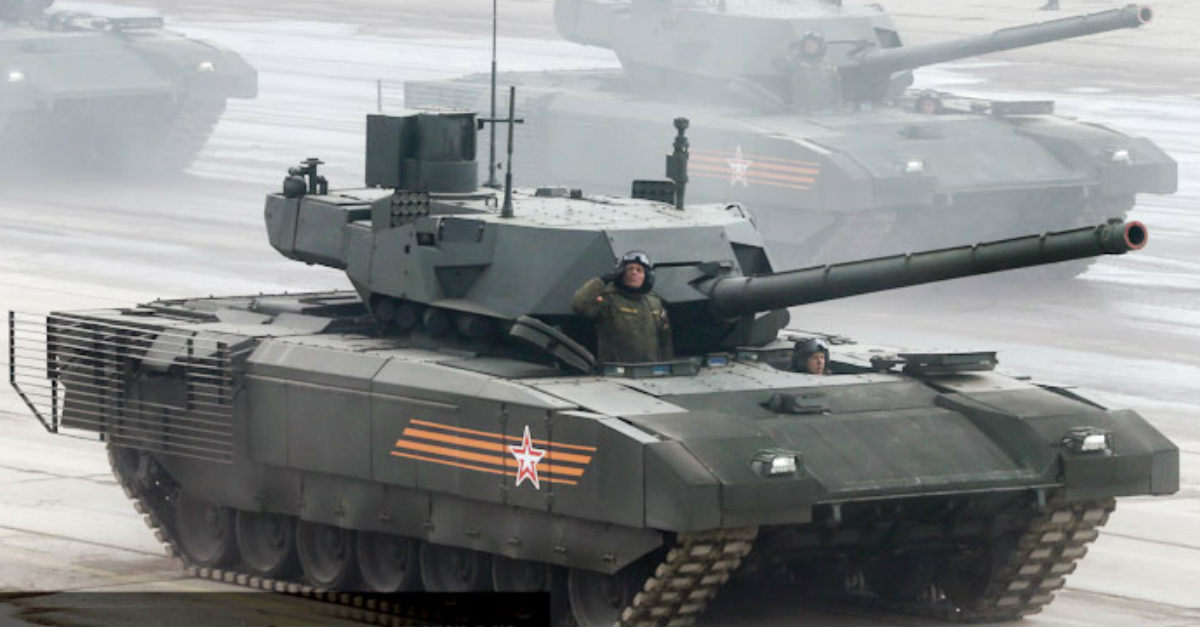
This may be the tank of the future. The Armata Universal Combat Platform is a Russian prototype fighting vehicle that is the basis for their future armor development.
In an attempt to catch up to or surpass NATO technology, the Armata’s armor is an advanced steel 44S-sv-Sh (T14/15) Active protection system. Surprisingly, it contains both soft & hard measures, dual-reactive armor modules and advanced stealth capabilities, enabling it to evade enemy radar and infrared detection systems. The engine is a ChTZ 12H360 diesel, with over 1,500 horsepower available for a top speed of an estimated 50 miles per hour. The armament includes as 125mm smooth bore T-15 cannon. A remote controlled turret operates the cannon, making it harder to disable the crew.
Again, this is only in the prototype stage, but the Armata is already enough of an advancement to give NATO commanders pause in designing their defensive strategies vis a vis Russia.
M1A2 Abrams
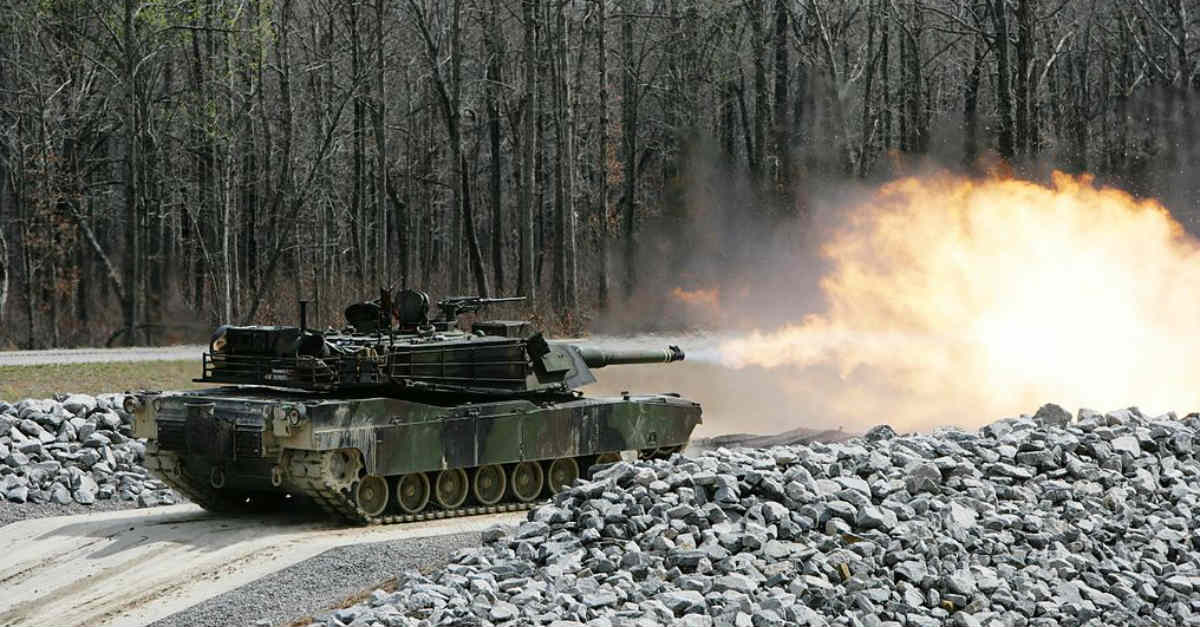
This list finishes with the most powerful and successful tank currently in active military service: the M1A2 Abrams. It dominates battlefields for the US military since 1980.
General Dynamics produces the M1A2 Abrams main battle tank. The Abrams is protected by depleted uranium mesh-reinforced composite armor in addition to reactive armor modules. The engine is a Honeywell AGT1500C turbine which can run on virtually anything from rubbing alcohol to jet fuel. And the main gun is the M256A1, smooth bore, the maximum effective range is 4,000 meters with conventional ammunition and more than 8,000 meters with an LAHAT projectile. When fully fueled, the Abrams has a range of about 265 miles and a top speed of well over 45 miles per hour.
The Abrams made its combat debut during the Gulf War. There, it utterly destroyed the T-72 tanks in use by Saddam Hussein’s Iraq. Furthermore, the tank only gets more powerful with improvements to sensors, targeting systems, and networking capability. While other tanks have come and gone the Abrams will likely be dominating the battlefield for a long time to come.
We think you’ll really enjoy viewing these stunning images of battle tanks from around the world.
Watch This American Battle Tank

